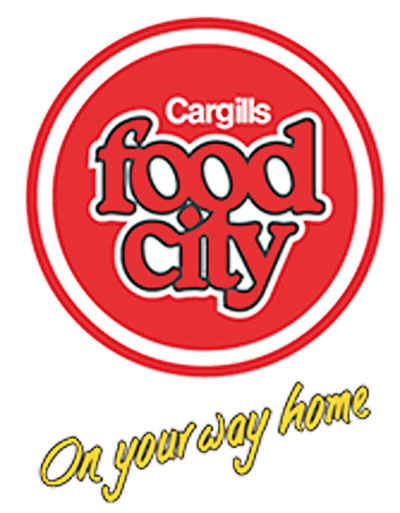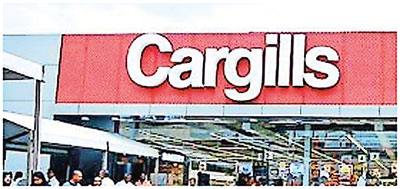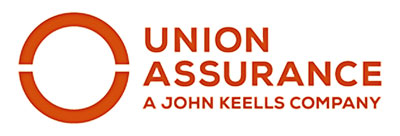Is registration of brands a must?
View(s): Last week discussion was on naming brands and what options are available for naming of brands. However, naming doesn’t end with giving it a name.
Last week discussion was on naming brands and what options are available for naming of brands. However, naming doesn’t end with giving it a name.
In order for us to establish the brand identity it’s important to register the brand under the prevailing laws. It’s not a must to register brands if the brand owners are willing to take the risk of it being imitated or copied by anyone in the market. Many brands have encountered issues when not registered in the market. Brands without a registered brand logo is similar to a baby born unregistered. Inter-brand model is well known for rating brands in the world and every year Inter-Brands produce a list of top 100 brands. If you look at the criteria considered in evaluating brands in ranking them from 1 to 100, one of them is the protection given to the brands.
In other words, protecting and registering a brand is as important as creating or naming it.
Main questions to be answered in registering brands?
Doing a name search is recommended at this point.
You may have to make changes to the name in that case. However, if you have used the brand in the market prior tothe registration of the other, building a case to prove your existence will be an approach to win the case
There are 40 plus categories that are stated in the act to register a brand. Depending on the categories the brand is in, or considering future plans, the brand can be registered in more than one category. Also note that not only names, font styles and symbols, but also bottle shapes, packaging related properties, color combinations, pay-off lines, etc should also be registered to make sure no one can copy it or imitate.
At times, many individuals or even organizations reserve potential brand names online. What it would mean is that; at the point of registering the brand, and going to reserve the same online, to realize that the same name (URL) is already booked online by another party. Re-acquiring them would cost a lot of money.
There are regional differences in legislation and practice on which specific advice should be sought. However, there are some generalities across most regions. The TM (TRADEMARK) symbol can generally be used by any person or business to indicate that a particular word, phrase or logo is intended to serve as an identifier for the source of that product or service. The R (REGISTERED) symbol indicates that this word, phrase or logo is a registered trademark for the product or service.
Copyright (the © mark) is different. It means that the original author or creator of any creative work (writing, images, music, software, etc. etc.) has the sole right to copy (distribute, publish, sell, copy) that work for a set period of time unless he or she explicitly hands over that right to someone else. Most governments enact this law.
The color of a brand is different from a color trademark. Even though a TM or ® symbol may appear on a brand’s image, it does not mean there are any legal rights to the color or colors. The TM and ® marks on the Mc Donald’s and Starbucks images below means that the company has claimed rights to the image (the symbol or word or combination of both).

What is protected when a brand image is registered or has a trademark symbol?
The ® (REGISTERED) mark in these examples protects the brand image – not the color or color combination. In other words, you can use the same yellow and red colors as McDonald’s for your business. However, if you used the same design – the yellow arch on a red background – with your business name, you’d be in trouble and even more so if it’s for a hamburger restaurant.

However, in the local context it’s noteworthy that there are many regional brands similar to Cargills.
This may be due to the brand not being registered with the new design, as it could be taken for granted the fact that the brand Cargills is a well know brand with heritage. It should never be taken for granted and specially as and when the brand design changes, it should be registered.

Cargills has used a brand in theiroutlet branding as you can see in the picture bellow. Ideally all these should also be registered along with other designs if not it may leave room for anyone else to use them.

Registration of Brands in the event of a brand re-launch
When a brand is re-launched the new logo will be registered to provide protection. In the meantime, the company should renew the registration of old logos, failing which it will pave the way for someone else to use the old logo. For example Union Assurance, though they changed the Blue logo which was used as the logo from inception was changed when Union Assurance went through a brand re-launch in 2009. And again the brand was changed in 2019. Technically all three logos need to have registered under Union Assurance now.


Same would apply to Keells which changed their brand logo recently.


